Last week, we told you about California’s commitment to go 100 percent carbon-free by 2045. Well, it turns out the Golden State is in good company. Germany has welcomed two of their first, state-of-the-art hydrogen-powered trains, according to Ars Technica.
The trains are built to run a total of 62-miles throughout the windswept hills of Northern Germany before refueling. These cutting-edge trains, known as Coradia iLint trains, are the first of its kind — with 14 more hydrogen-powered trains expected to be delivered before 2021 by the French train-building company Alstom. A big step towards Germany’s goal to lower transportation-related emission. (more…)


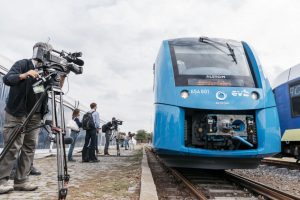
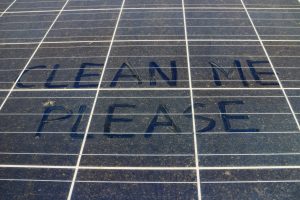
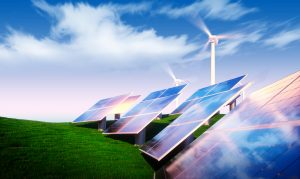
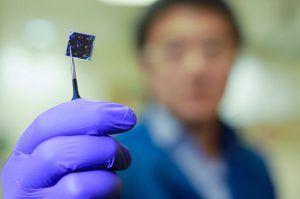
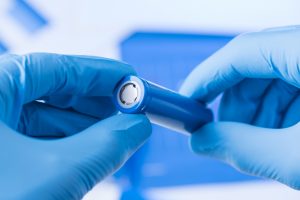
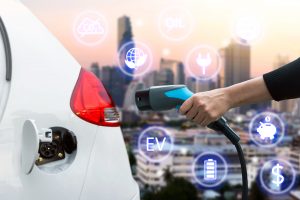
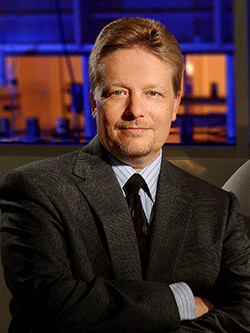
 Researchers at KTH have successfully tested a new material that can be used for cheap and large-scale production of hydrogen – a promising alternative to fossil fuel.
Researchers at KTH have successfully tested a new material that can be used for cheap and large-scale production of hydrogen – a promising alternative to fossil fuel.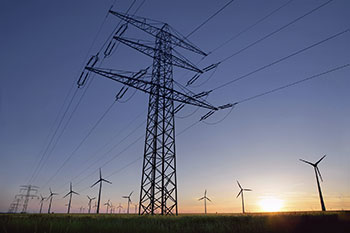 In order to power entire communities with clean energy, such as solar and wind power, a reliable backup storage system is needed to provide energy when the sun isn’t shining and the wind doesn’t blow.
In order to power entire communities with clean energy, such as solar and wind power, a reliable backup storage system is needed to provide energy when the sun isn’t shining and the wind doesn’t blow.